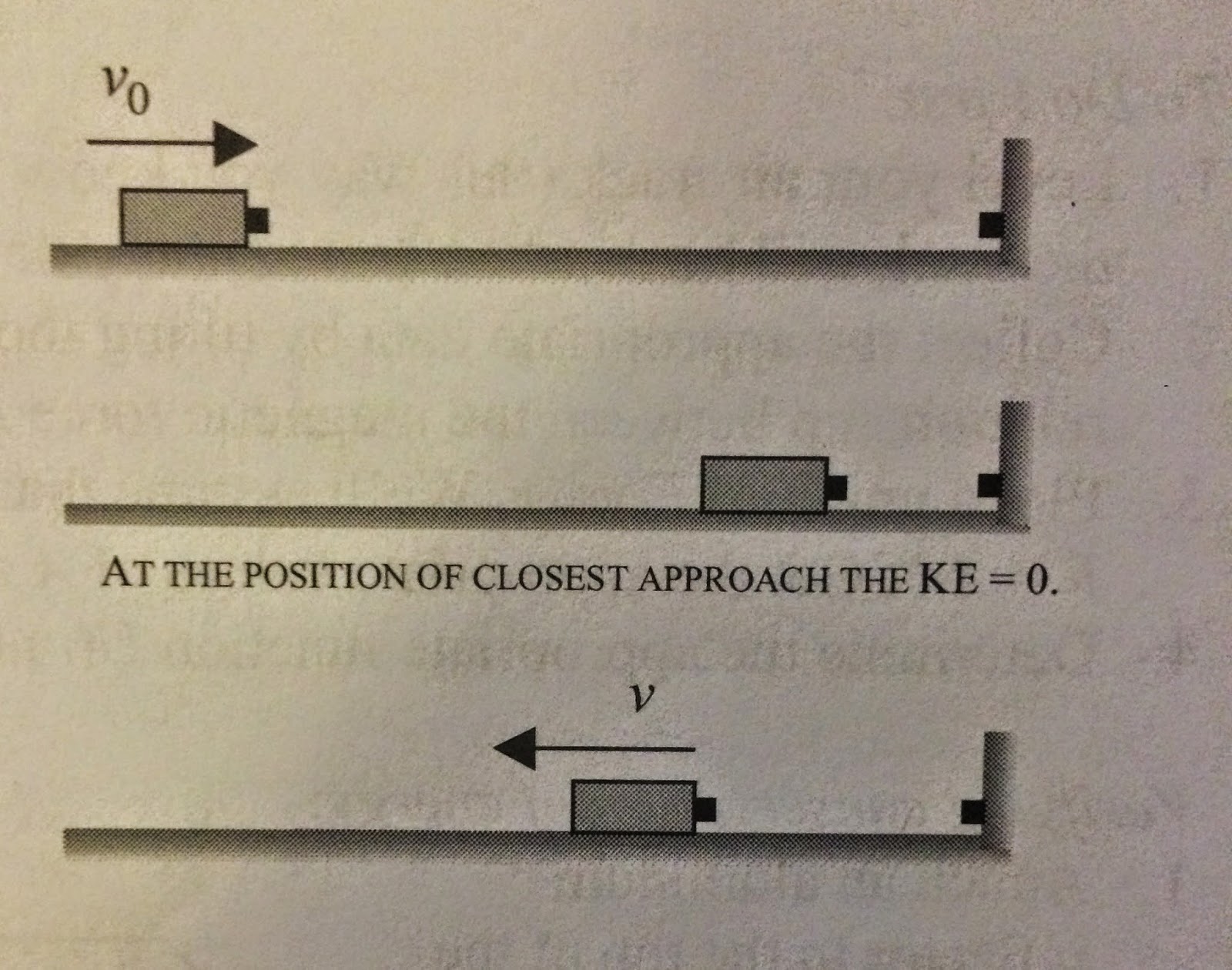A frictionless cart with a strong magnet on one end approaches a fixed magnet of the same polarity:
For this lab, our goal is verify that conservation of energy applies to this system.
To do first:
we will use a glider on an air track as our cart on a frictionless surface. if we raise one end of the air track the cart will end up at some equilibrium position, where the magnetic repulsion force between the two magnets will equal the gravitational force component on the cart parallel to the track.
We measured the mass of air track m= 0.354 kg.
we measured 4 sets of data about the r and the angle between ground and the air track.
because the magnetic repulsion force between the two magnets will equal the gravitational force component on the cart parallel to the track, we got F=mg*sinθ.
then we could calculate the force F from the θ we measured.
Open the program, we put the 4 sets of force and r into the program, then we got the graph of F vs. r. we will assume that the relationship takes the form of a power law: F = Ar^n.
After curve fit our graph, we got two equations about force F and work done U(r) which come from the interaction between the magnets:
Right now, we are verifying conservation of energy:
We measured the separation distance between the magnets d= 0.28 m.
now, we have a way to measure both the speed of the cart "velocity" and the separation between the magnets at the same time. However, For this part, the r should be the distance between the magnet on the air track and the sensor. so that r = "position" - d.
then we set the calculated column:
PE = U(r) = 0.006754 * r^(-1.349)
KE = 1/2 * m * "velocity"^2
Total energy TE = KE + PE
Start with the cart at the far end of the track. Start the detector, then give the cart a gentle push.
after we done with experiment, we got the graph like this :
yellow line is the graph of TE vs. time
Purple line is the graph of PE vs. time
Red line is the graph of KE vs. time
Conclusion:
For this experiment, there should no any energy will lose. so the KE of air track for the time before the collision should be same as the time after the collision. However,They are not same on our graph.
From this result I think our set up may not perfect, or our separation distance may not exactly correct, or we may made some mistakes we did not know during the experiment. This experiment requires frictionless, but we cant completely ignore the air friction. All of those things could affect the result.




.JPG)


No comments:
Post a Comment